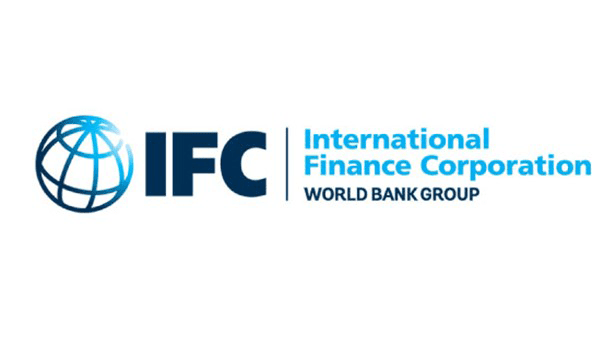General
Sri Lanka banks get US$400mn trade finance swap from IFC


ECONOMYNEXT – Questions are being raised over the practices followed at some tourism oriented turtle hatcheries in Sri Lanka with competition intensifying and egg prices also soaring as the country faces the worst currency crisis in the history of its central bank.
The number of hatcheries has considerably increased over last two decades from three in 2000 to close to 50 by 2023 mainly targeting tourism, industry officials say.
Turtle hatcheries are expected to boost the number of hatching eggs by protecting them from being eaten by natural predators or human consumption and ensuring that they hatch. Hatcheries usually buy eggs from villagers and those who collect them.
Turtle hatchlings are expected immediately swim to the deeper sea as quickly as possible with the remaining energy in their bodies so as the avoid predators and increase their chances of survival.
Keeping them too long in tanks for public viewing may decrease their chances of survival.
Sri Lanka’s wild life is bearing a blind eye on the illegal baby sea-turtle tourism.
“According to the Wild Life rules, hatcheries can keep 20 percent of the babies in the facility for three days before releasing them back to the ocean,” a Coastguard officer asking to be anonymous told EconomyNext.
“There are many facilities in the country who keeps them for an extended period but the authorities are turning a blind eye to the situation.”
Some hatcheries have been in conservation for several decades, originally started by volunteers.
But with hatcheries becoming a tourist attraction so-called ‘commercial hatcheries’ have also come up.
The number of hatcheries has increased from three in 2000 to close to 50 by 2023 according to some estimates.
Increased competition has driven up the price of eggs.
“We buy a sea turtle egg at a price of 30-35 rupees due to the huge demand,” Manager of the Kosgoda Sea Turtle Conservation Project Dudley Perera told EconomyNext.
“There are some days that we buy sea-turtle eggs for 40-50 rupees as well, due to the competition between the hatcheries the collectors have allocated a marked price for eggs.”
Turtle eggs therefor may be cheaper than chicken eggs.
Perera says purely commercially oriented hatcheries are buying eggs for much higher prices.
“They keep the baby sea-turtles inside tanks for a long time, which is unhealthy method of conservation as it must be sent to its natural habitat (the sea) as soon as it comes out of the shell,” Perera said.
Perera says commercial hatcheries around 1000 from a tourist to release a baby sea turtle to the sea.
“They conduct inhumane tourism activities, especially when foreigners pay a good sum of money to sight the sea turtles being releasing to the sea” Perera claimed.
In Sri Lanka, under the Fauna and Flora Protection Ordinance (FFPO, 1938 amended in 1972) it is an offence to capture, kill, injure or possess sea turtles or their eggs.
In Sri Lanka after the central bank printed money to suppress interest rates leading to the collapse of the rupee from 200 to 360 to the US, chicken egg prices have also soared from around 18/22 to about 60 rupees.
Perera says some of the turtle eggs taken by collectors are now being consumed for food. (Colombo/Feb 26/2023)








